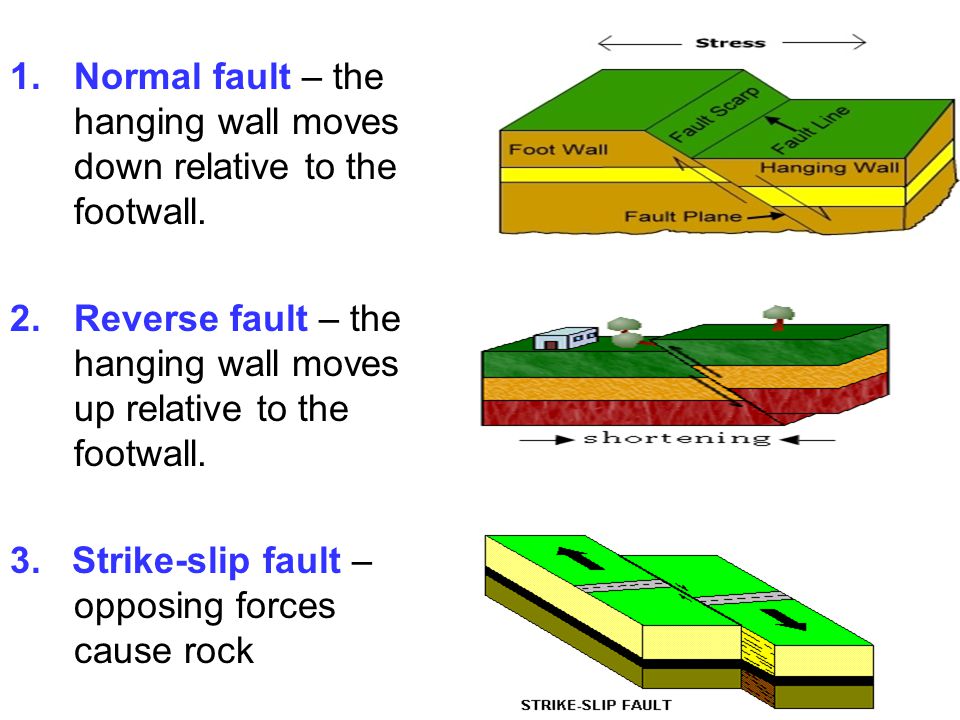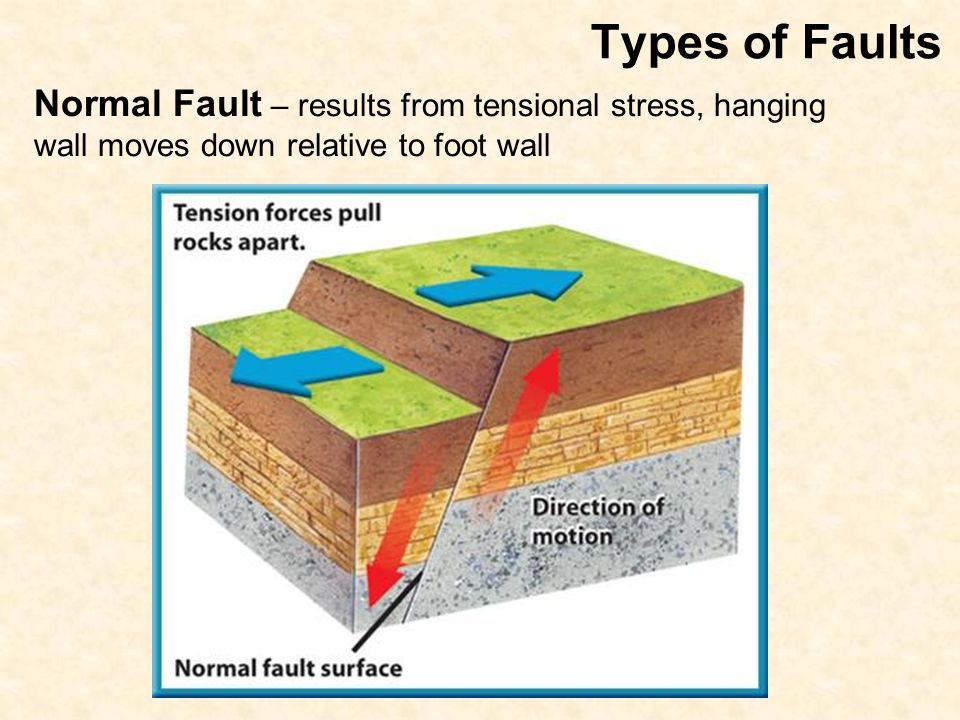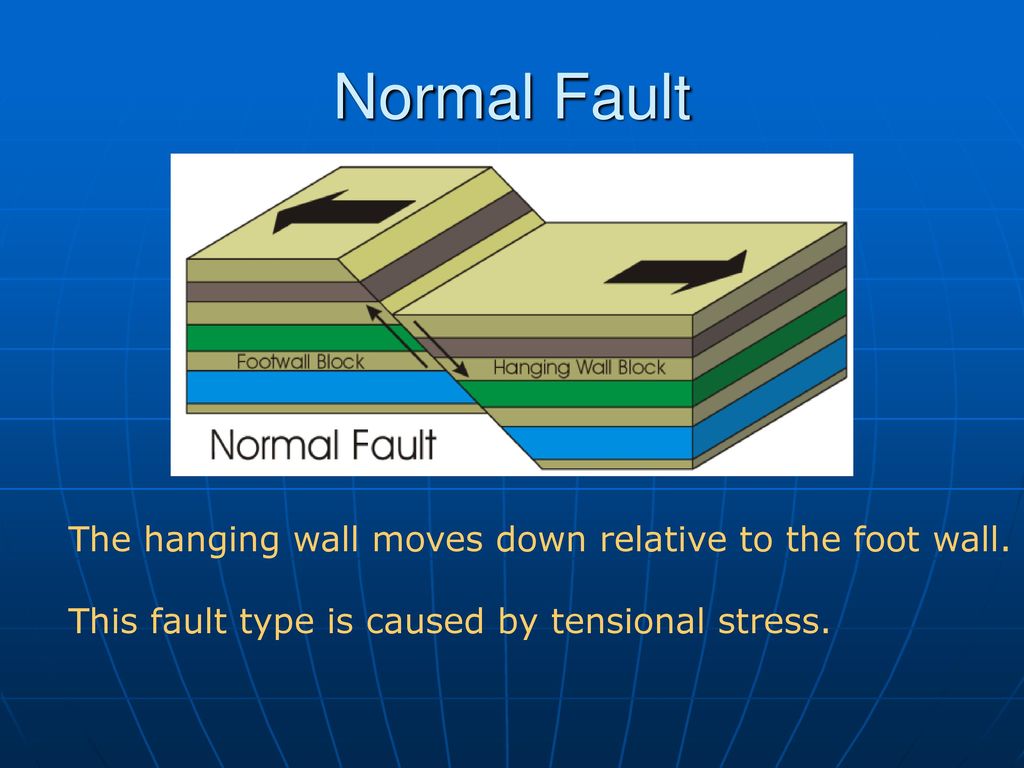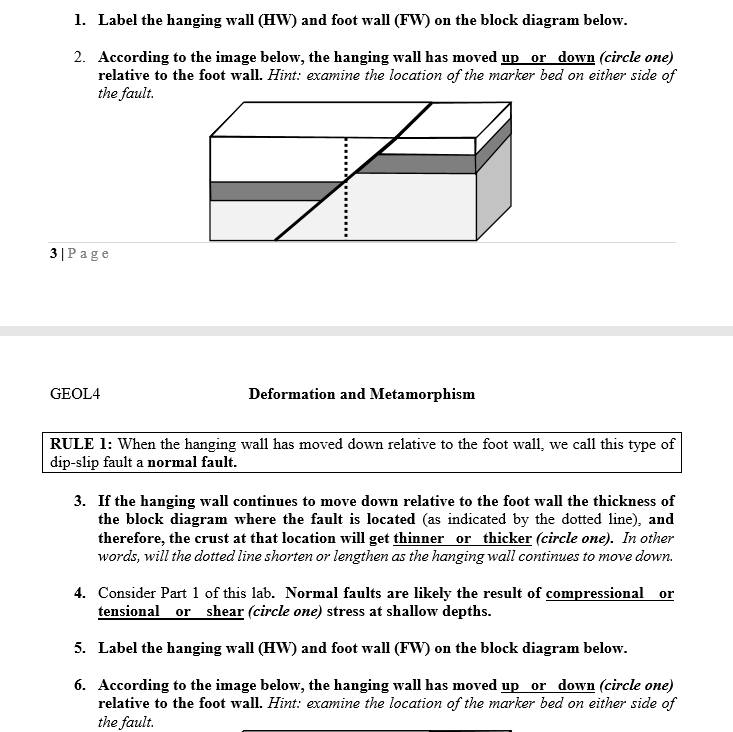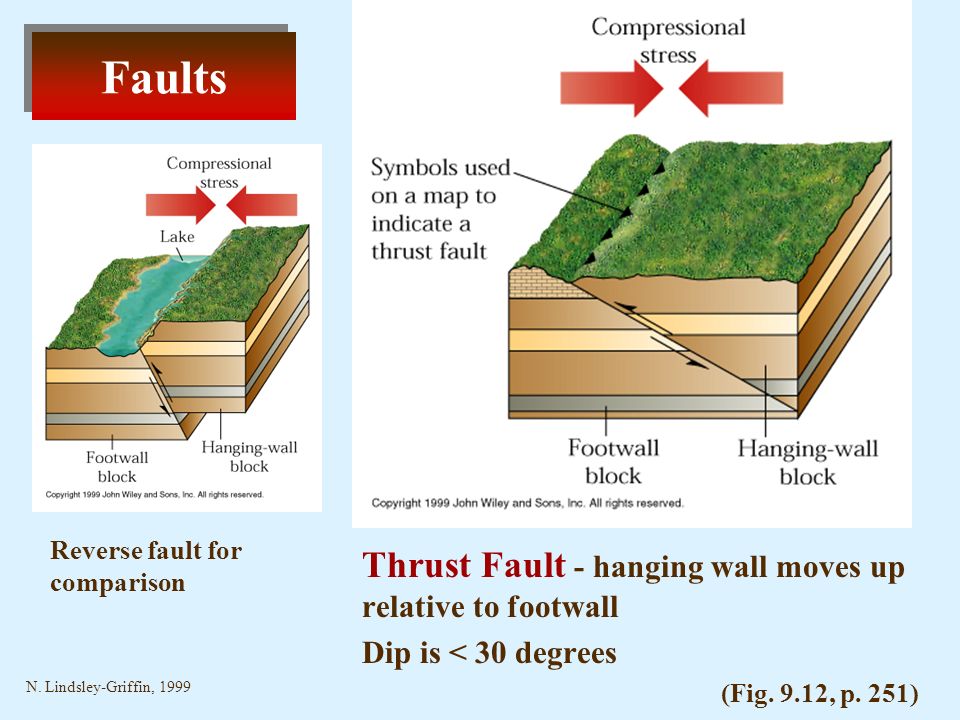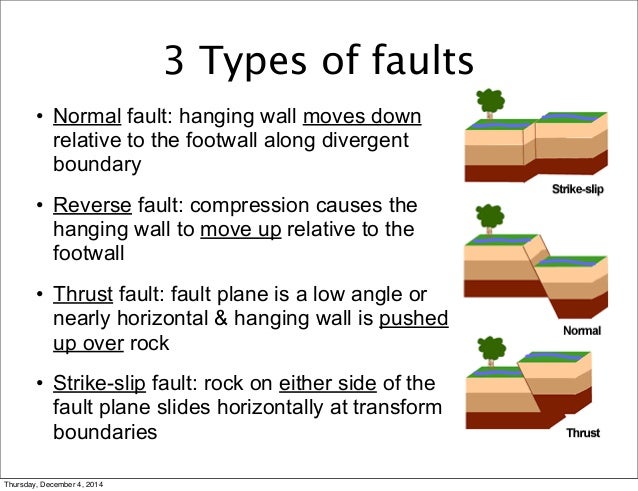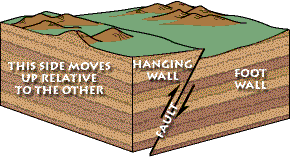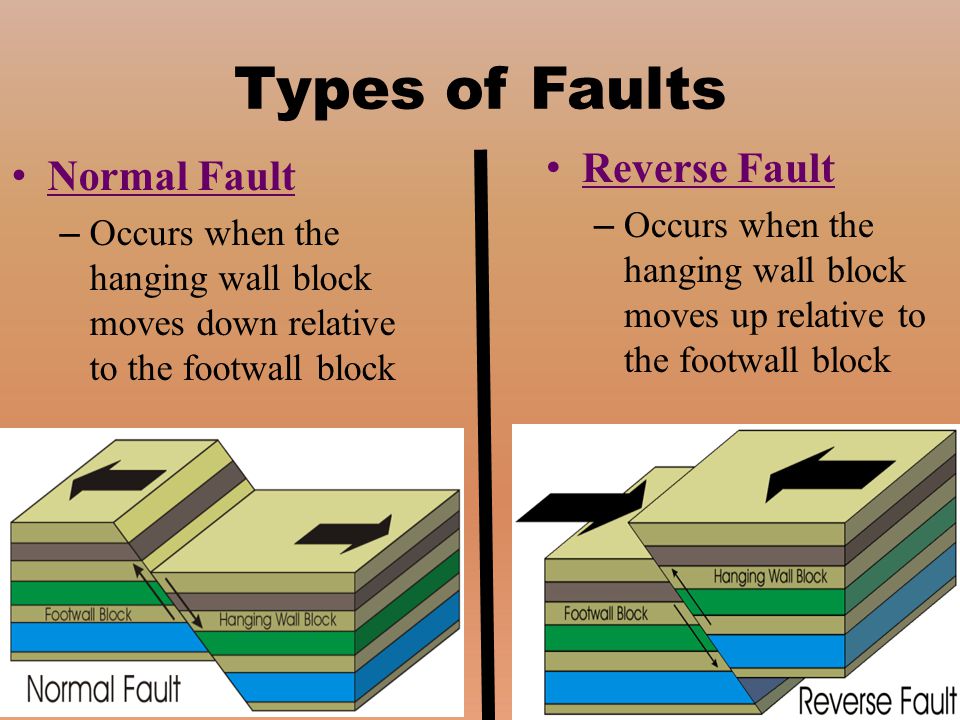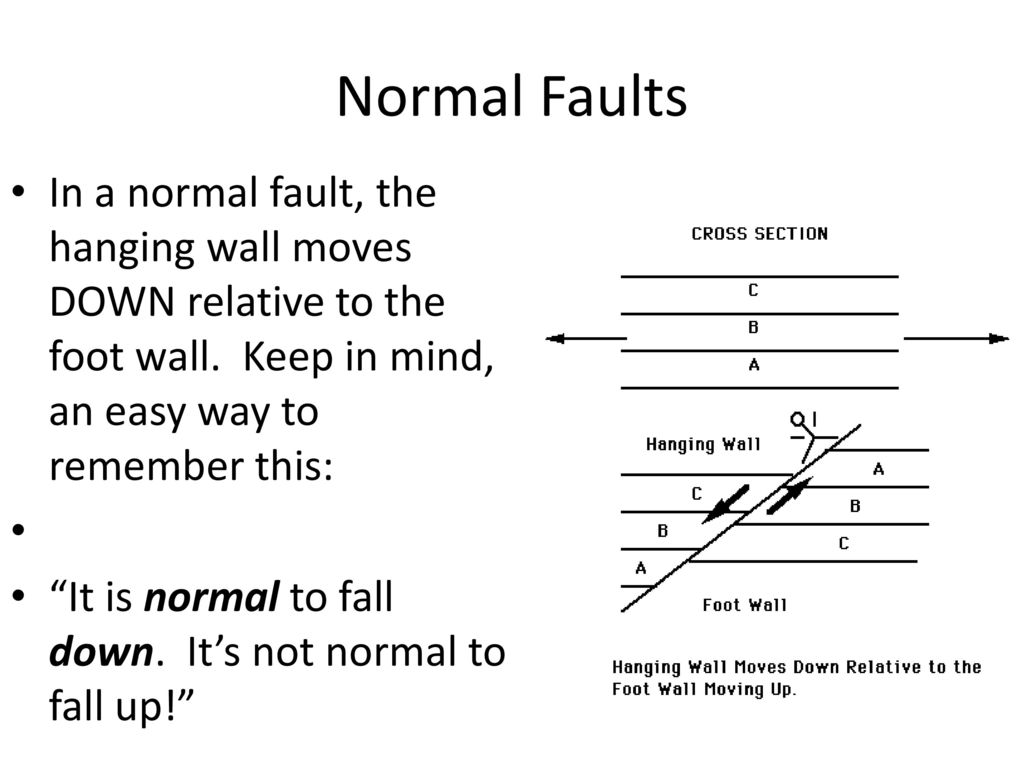In A Fault The Hanging Wall Moves Down Relative To The Footwall
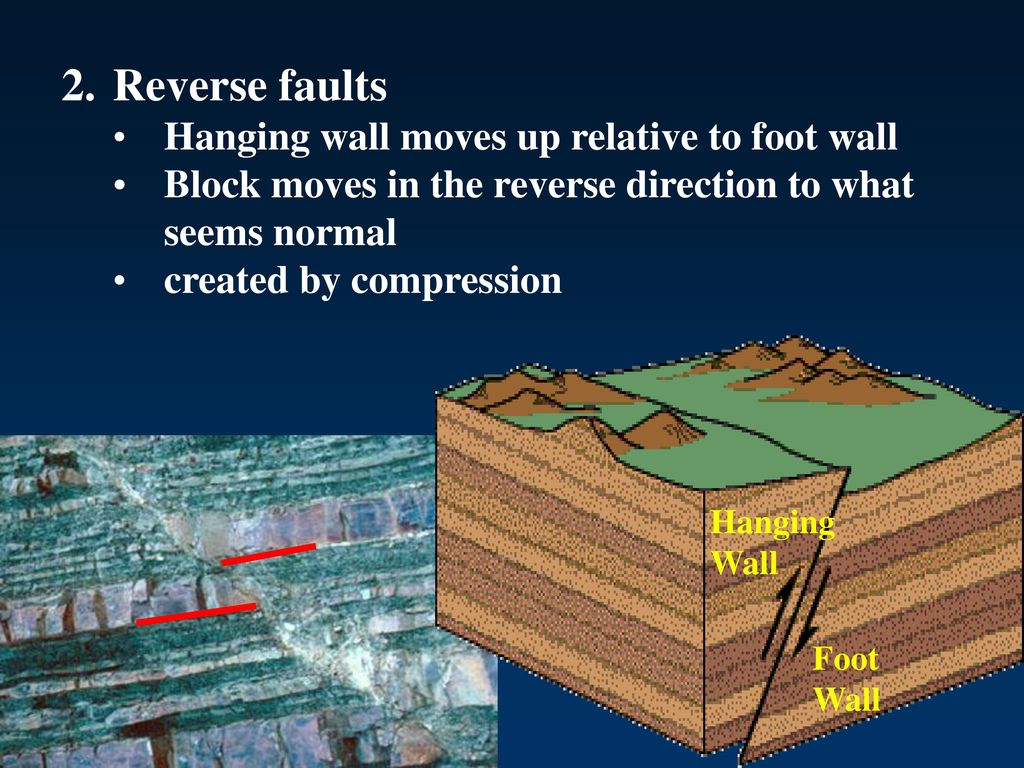
The hanging wall moves down relative to the footwall.
In a fault the hanging wall moves down relative to the footwall. In thrust or reverse faults the hanging wall moves up relative to the footwall and in strike slip faults it moves horizontally relative to the footwall. The hanging wall moves down relative to the footwall. The footwall moves down relative to the hanging wall. A n fault forms when the hanging wall moves down relative to the footwall a.
The terminology of normal and reverse comes from coal mining in england where normal faults are the most common. In these faults the fault plane is usually vertical so there is no hanging wall or footwall. What is a reverse fault. When the hanging wall moves down in relative to the footwall it is called a fault.
The dip of a reverse fault is relatively steep greater than 45. The crust experiences extension. Describe three types of faults. Jack0m digitalvision vectors getty images strike slip faults have walls that move sideways not up or down that is the slip occurs along the strike not up or down the dip.
Strike slip faults occur as plates scrape by each other. Normal dip slip faults are produced by vertical compression as earth s crust lengthens. These usually occur when tectonic forces cause tension that pulls rocks apart. Fill in the blank 1.
When the hanging wall moves up in relative to the footwall it is called a fault. The hanging wall moves up relative to the footwall. What is the age of the rocks on the surface of the footwall side of the fault relative to those on the hanging wall. After the occurrence of a normal dip slip fault in flat lying sedimentary rocks the fault scarp produced is eliminated by erosion.
Normal faults are common. Are exactly the opposite of normal faults. Normal faults usually form where tectonic plate motions cause tension. Reverse faults occur in areas undergoing compression squishing.
Along a normal fault the hanging wall moves down relative to the footwall. Reverse faults indicate compressive shortening of the crust. Choose one or more. If the hanging wall rises relative to the footwall you have a reverse fault.
The hanging wall slides down relative to the footwall. A reverse fault is the opposite of a normal fault the hanging wall moves up relative to the footwall. This is true of normal faults. Which fault will see the hanging wall move down relative to the footwall.
Tension is stress that pulls rocks apart. They bound many of the mountain ranges of the world and many of the rift valleys found along spreading margins. Normal fractures in rock with no offset where there has been no motion are called.









